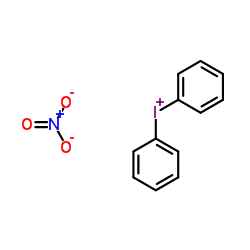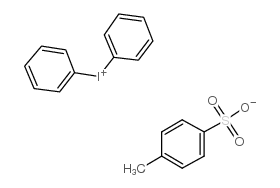| 结构式 | 名称/CAS号 | 全部文献 |
|---|---|---|
 |
二苯基碘鎓六氟磷酸盐
CAS:58109-40-3 |
|
 |
二苯基碘硝酸盐
CAS:722-56-5 |
|
 |
二苯基碘鎓对甲苯磺酸盐
CAS:6293-66-9 |